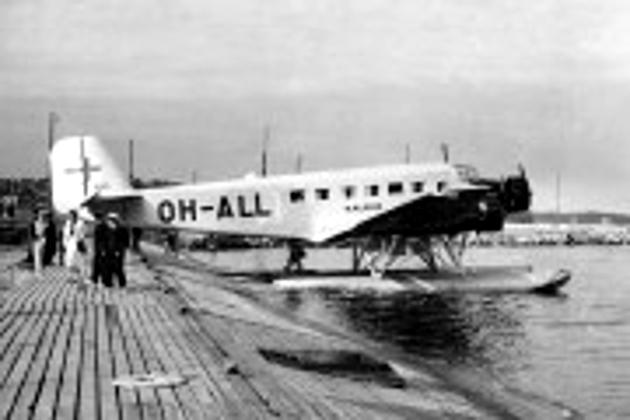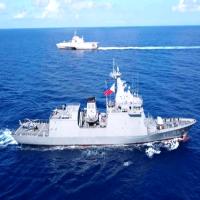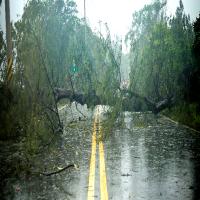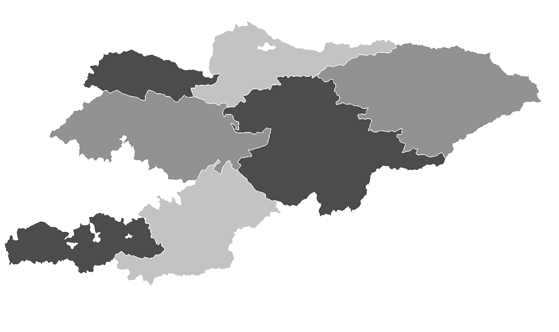HELSINKI, Finland: Divers have discovered parts of a Finnish passenger plane that was shot down over the Baltic Sea by Soviet bombers during World War II, resolving a decades-old mystery.
The plane, which carried American and French diplomatic couriers, was downed in June 1940, just days before Moscow annexed the Baltic states. All nine people aboard, including two Finnish crew members and seven passengers, were killed.
A diving and salvage team from Estonia located well-preserved parts of the Junkers Ju 52 plane operated by Finnish airline Aero, now Finnair. The wreckage was found near Keri Island, close to Estonia's capital, Tallinn, at a depth of around 70 meters (230 feet).
"Basically, we started from scratch and took a whole different approach to the search," said Kaido Peremees, spokesperson for Tuukritoode OU, the Estonian diving company that found the plane.
The downing of the plane, named Kaleva, occurred on June 14, 1940, shortly after Finland had signed a peace treaty with Moscow following the Winter War. Finnish authorities, informed that two Soviet DB-3 bombers shot the plane down, were initially met with disbelief and anger. To avoid provoking Moscow, Finland kept silent for years, publicly stating only that a "mysterious crash" had occurred.
The incident occurred during peacetime on a regular scheduled flight and is a significant part of Finland's World War II history and its troubled relationship with Moscow. The plane's downing happened just days before the Soviet Union annexed Estonia, Latvia, and Lithuania.
Among the victims was American diplomat Henry W. Antheil Jr., considered one of the first U.S. casualties of World War II. Antheil was evacuating sensitive diplomatic pouches from U.S. missions in Tallinn and Riga as Soviet forces tightened their grip on the Baltic nations.
Despite several attempts to locate the plane's wreckage since Estonia regained independence over three decades ago, previous searches, including one by the U.S. Navy in 2008, were unsuccessful.
Peremees and his team are confident the discovered parts belong to Kaleva due to the distinctive design of the Junkers Ju 52. New video footage captured by underwater robots shows clear images of the plane's landing gear, one of the motors, and parts of the wings.
Jaakko Schildt, chief operations officer of Finnair, described the discovery as "a tragic and profoundly sad event for the young airline" that Finnair was in 1940. He added, "Finding the wreckage of Kaleva brings closure, even though it does not bring back the lives of our customers and crew that were lost."
The U.S. Embassy in Tallinn, which has thoroughly documented the case over the years, expressed great interest in the discovery. "We are following the investigation of the site and will be happy to discuss with our Finnish and Estonian (NATO) allies any developments resulting from recovery efforts," said embassy spokesman Mike Snyder.
The Estonian diving team plans to create 3D images of the debris and discuss the possibility of raising some items with local authorities. A memorial to the victims of the Kaleva crash is located on Keri Island, and another plaque is set up at Helsinki's Malmi airport terminal building, where Kaleva was supposed to land.



























 35
35 















